What is Centromere?
The part of a chromosome, determining the kinetochore formation and the cohesion of the sister chromatids, is called centromere. The centromere is the site of assembly of the kinetochore – a complex protein structure, responsible for the actual chromosome segregation.
In general, there are two types of centromeres:
- Regional centromeres – typically forming on regions of preferred DNA sequence, but can also form on other DNA;
- Point centromeres – build of specific proteins, highly efficient in recognizing particular DNA sequences. They are more compact than the regional ones.
The centromere divides each sister chromatid to two “arms” – q-arm and p-arm. Depending on the location of the centromere and respectively – the length of both arms the chromosomes are classified as:
- Telocentric – the centromere is located very close to the end of the chromatids, p-arms are very small;
- Acrocentric – p-arms are longer than in the Telocentric, but still significantly shorter than the q-arms;
- Submetacentric – p-arms and q-arms are with similar, but not equal length;
- Metacentric – p-arms and q-arms with identical length.
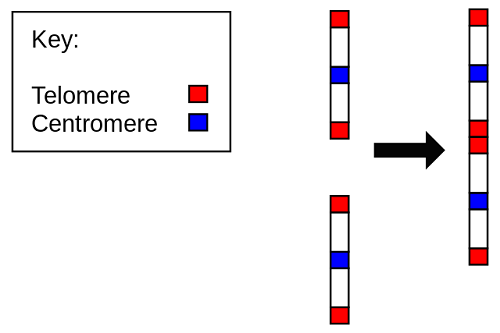
What is Telomere?
At each end of the chromatid is located a telomere – section of repetitive nucleotide sequences, protecting the ends of the chromosome from confluence with other chromosomes or from deterioration.
The telomeres are truncated during the division of the cells. Over time their ends shorten and are replaced by the enzyme telomerase reverse transcriptase. Thus, the telomeres protect the chromosome ends from truncation. There is a theory claiming that the shortening of telomeres in somatic cells has a role in the senescence and cancer prevention.
Telomeres form structures called T-loops. The single-stranded DNA, building the telomere, curls in a long circle, stabilized by specific proteins. At the end of each T-loop is located a triple-stranded structure – D-loop.
Similarities Between Centromere and Telomere
The centromere and the telomere are both structures, found on the linear chromosomes.
Difference Between Centromere and Telomere
1. Function
Centromere: The centromere determines the kinetochore formation and the cohesion of the sister chromatids in the chromosome.
Telomere: The telomere is protecting the ends of the chromosome from confluence with other chromosomes or from deterioration.
2. Number
Centromere: Each monocentric linear chromosome has one centromere.
Telomere: There is one telomere at each end of a chromatid. Each monocentric linear chromosome has four telomeres.
3. Location
Centromere: The centromere can be located close to the end of the chromatids, in their center or somewhere between the center and end of the chromatids.
Telomere: The telomere is located at the end of the chromatids.
4. Composition
Centromere: The centromere consists of double-stranded DNA sequences.
Telomere: The telomere consists of single-stranded DNA sequences.
5. Associated Proteins
Centromere: The centromere is associated with kinetochore and cohesin protein complexes.
Telomere: The telomere is associated with proteins like RAP1, TIN1, TIN2, TRF1, TRF2, TRP1.
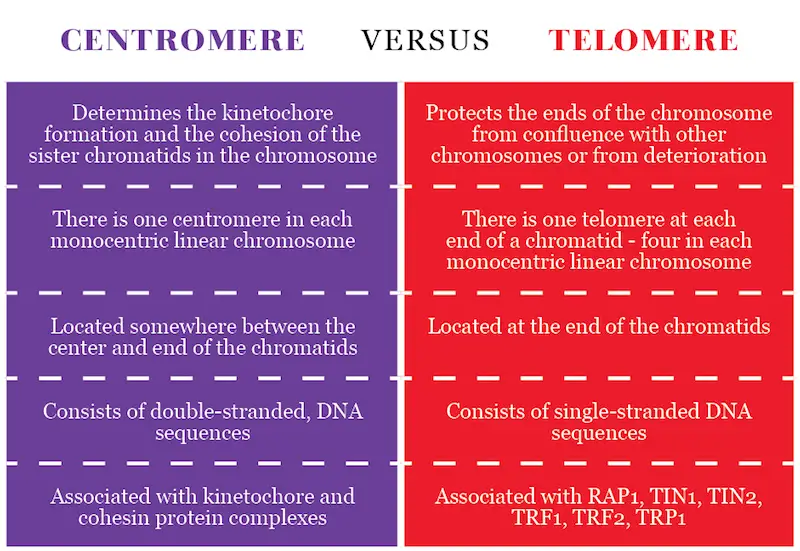
Summary:
- The centromere and the telomere are both structures, found on linear chromosomes.
- The centromere determines the kinetochore formation and the cohesion of the sister chromatids in the chromosome. The telomere is protecting the ends of the chromosome from confluence with other chromosomes or from deterioration.
- Each monocentric linear chromosome has one centromere and four telomeres.
- The centromere can be located close to the end of the chromatids, in their center or somewhere between the center and end of the chromatids. The telomere is located at the end of the chromatids.
- The centromere consists of double-stranded, DNA sequences. The telomere consists of single-stranded DNA sequences.
- The centromere is associated with kinetochore and cohesin protein complexes. The telomere is associated with proteins like RAP1, TIN1, TIN2, TRF1, TRF2, TRP1.
Author: Dr. Mariam Bozhilova
Dr. Mariam Bozhilova has a Master’s degree in Ecology and PhD in Botany. Her main professional interests are in the fields of ecology, biology and chemistry. She has more than 10 years of professional experience in scientific research and environmental consultancy.

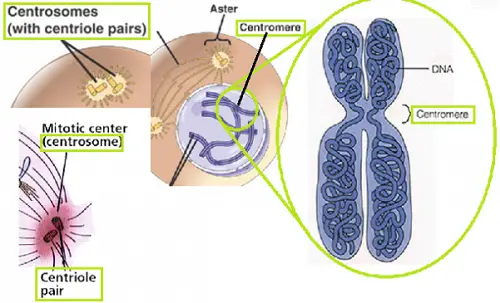
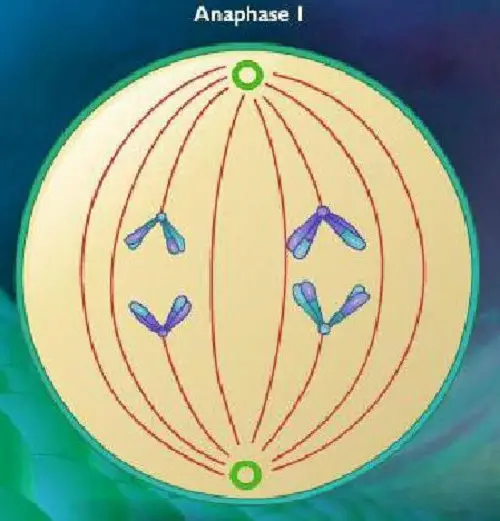
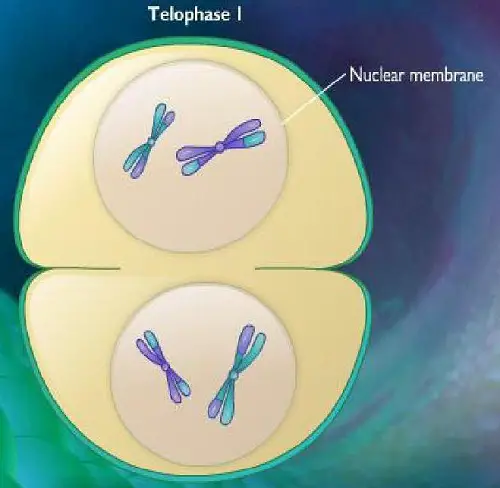


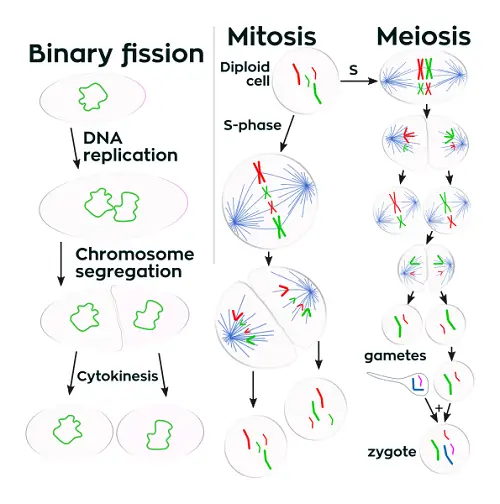





Leave a Reply